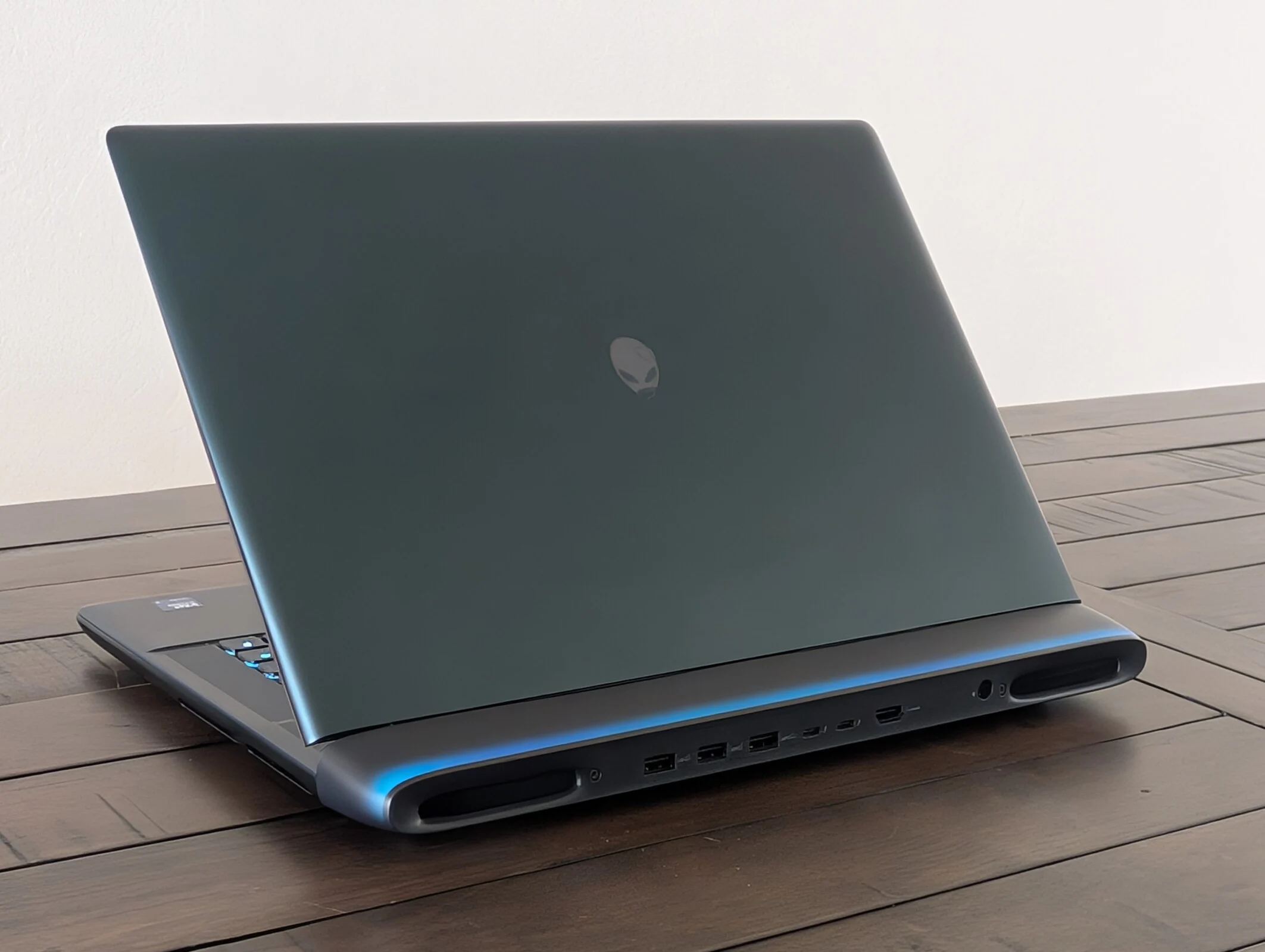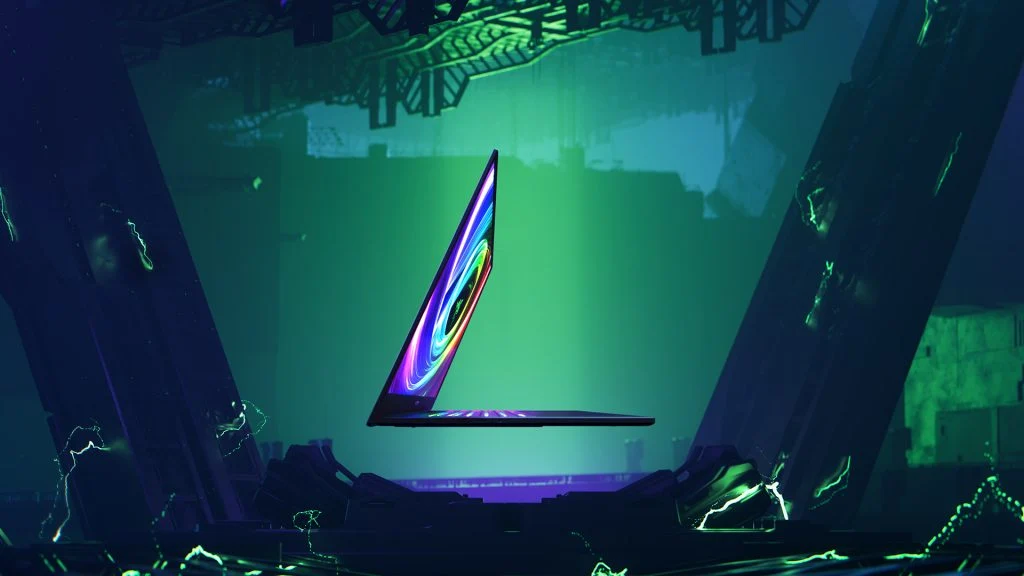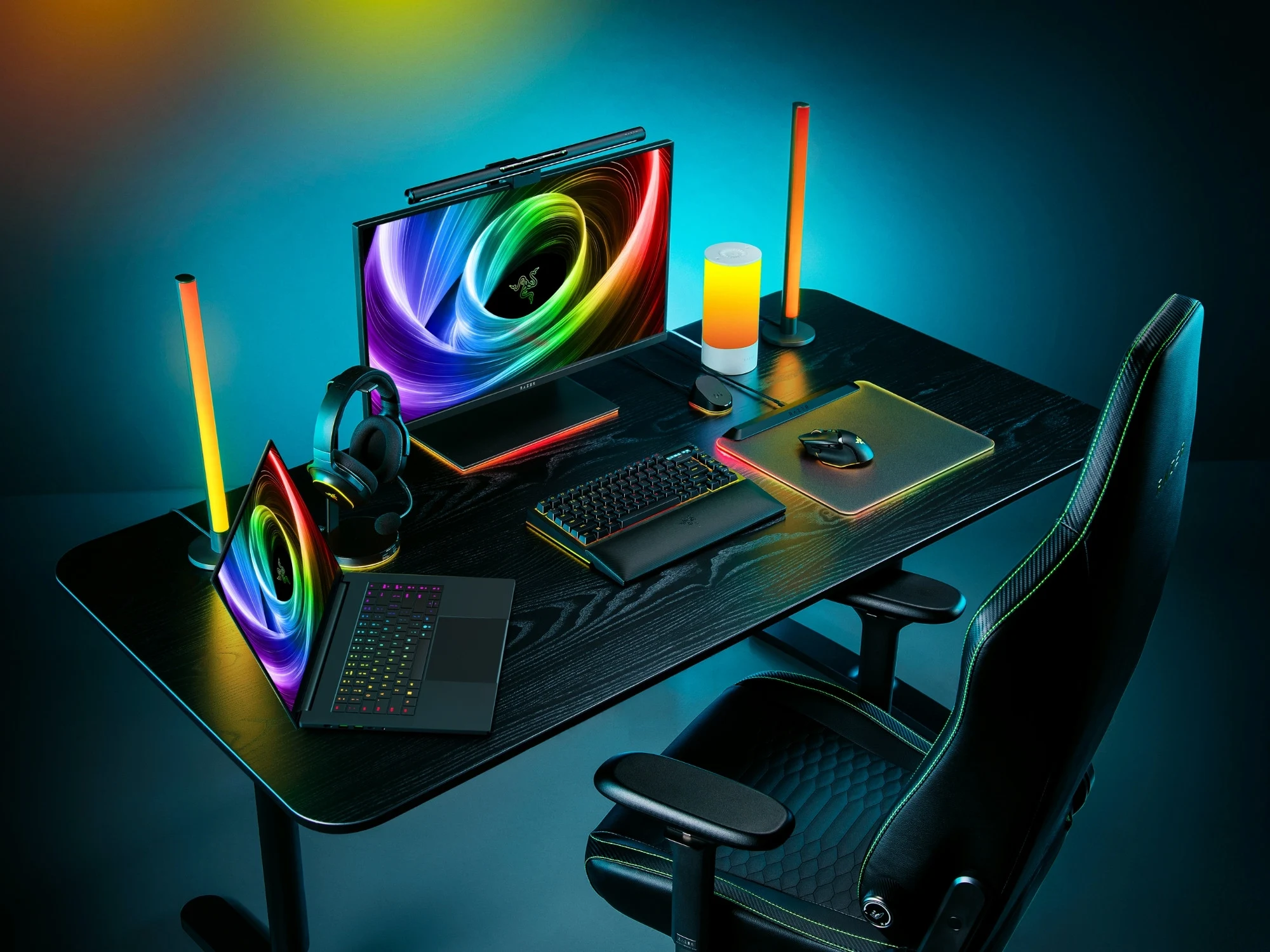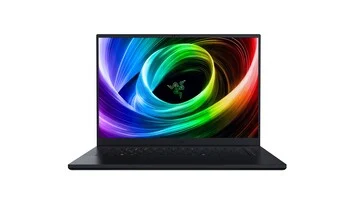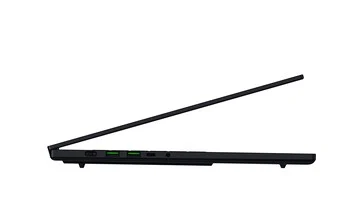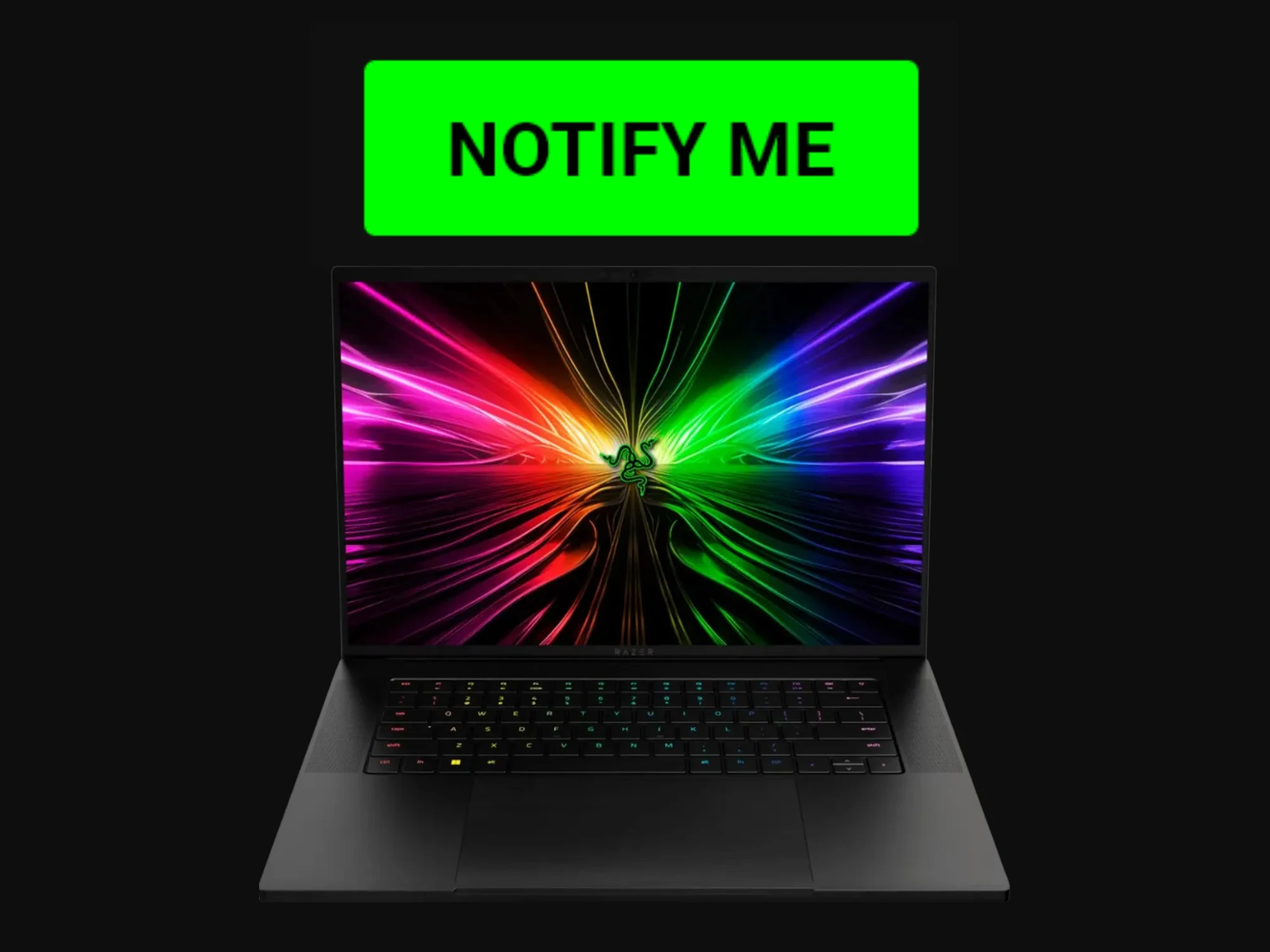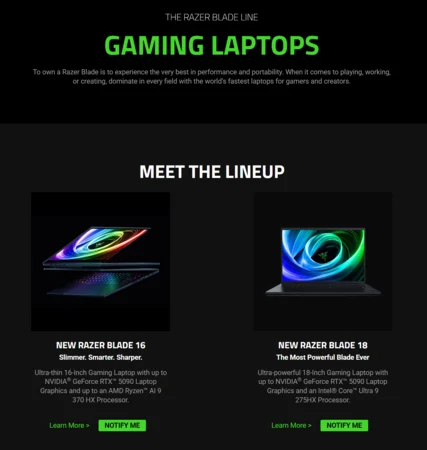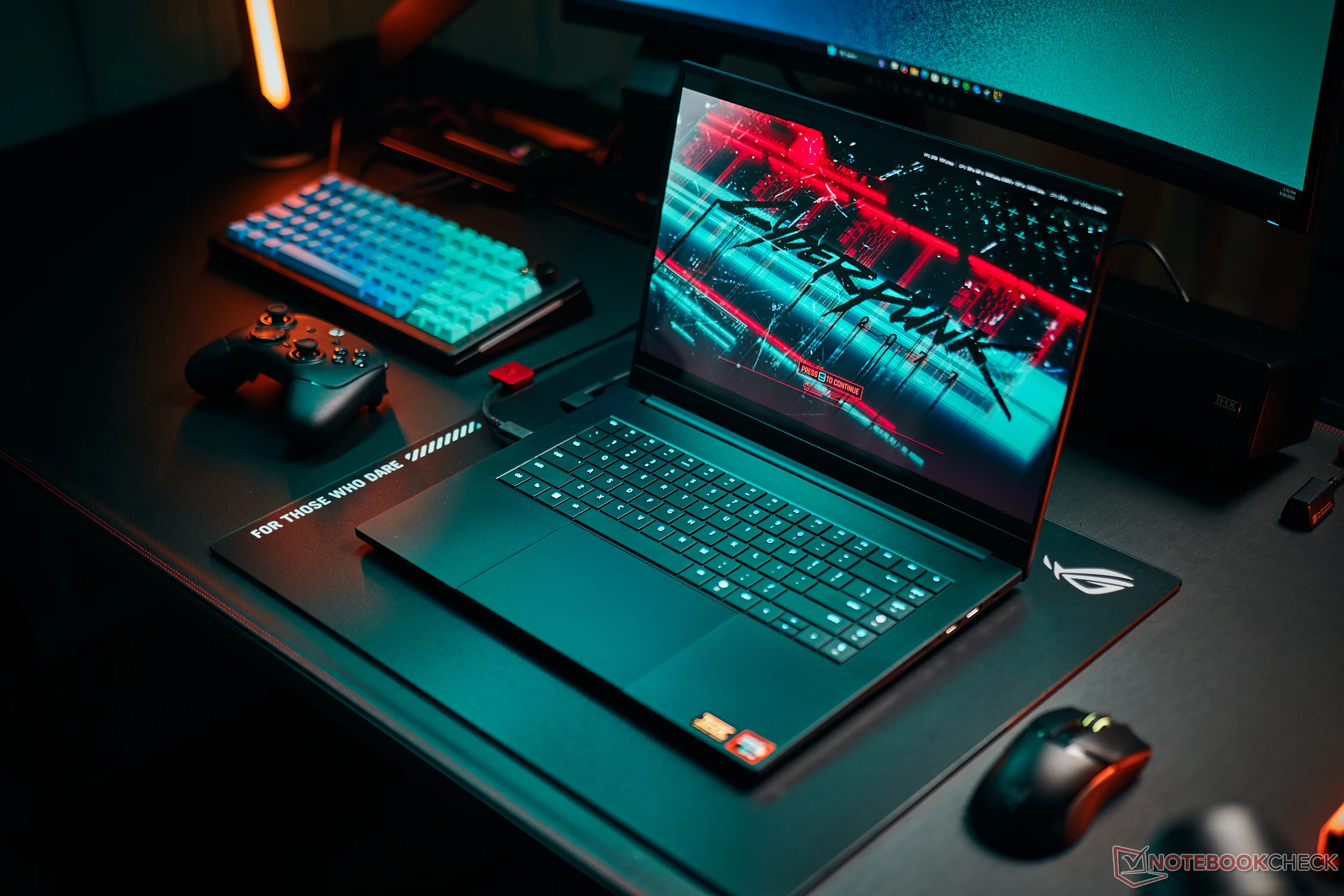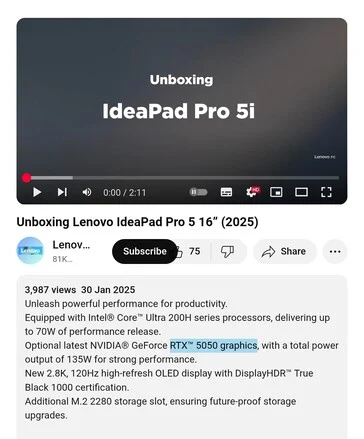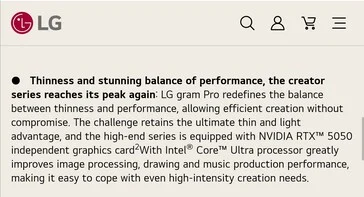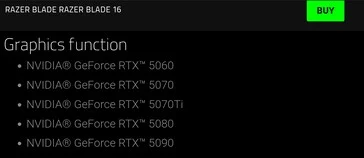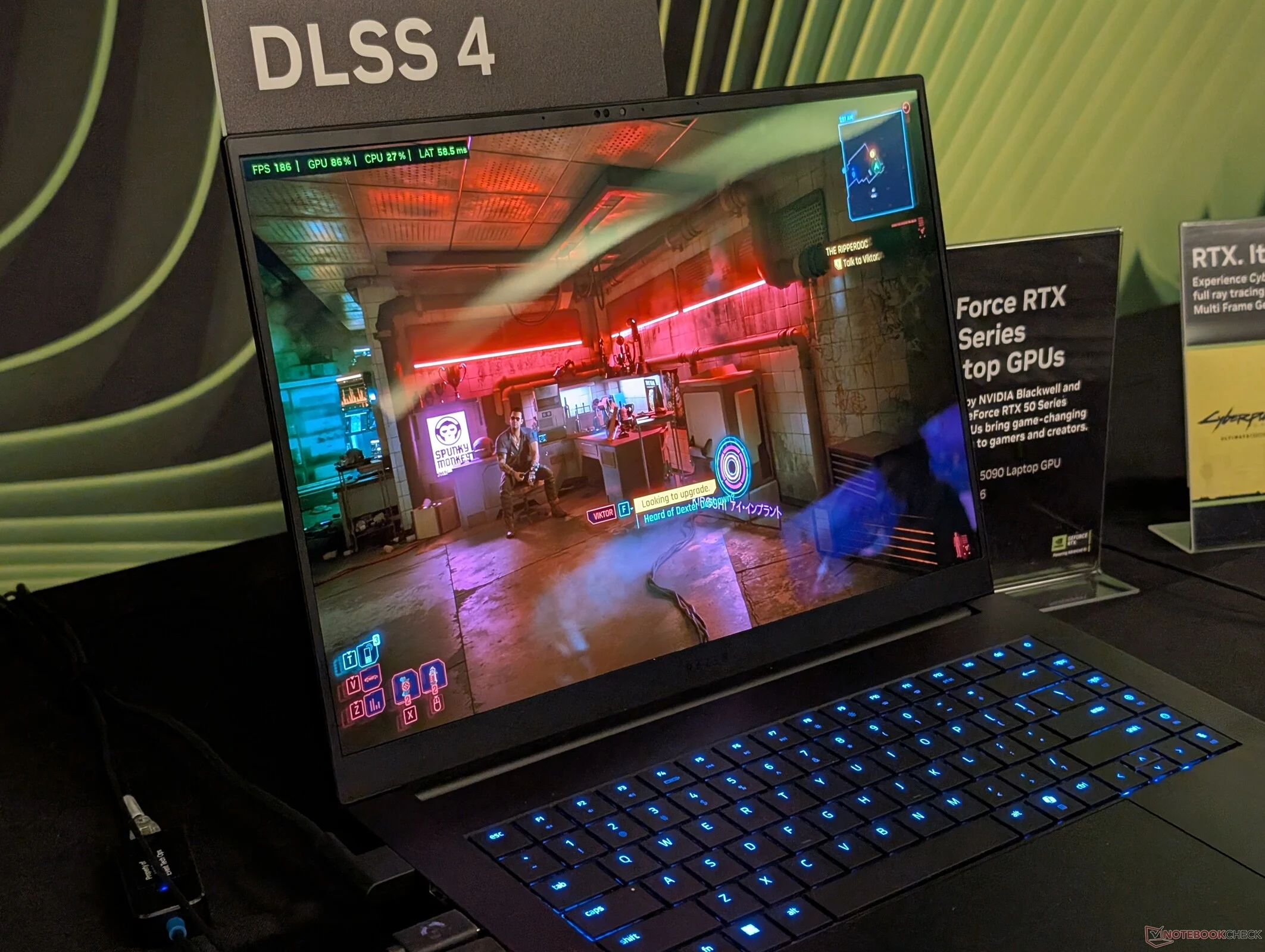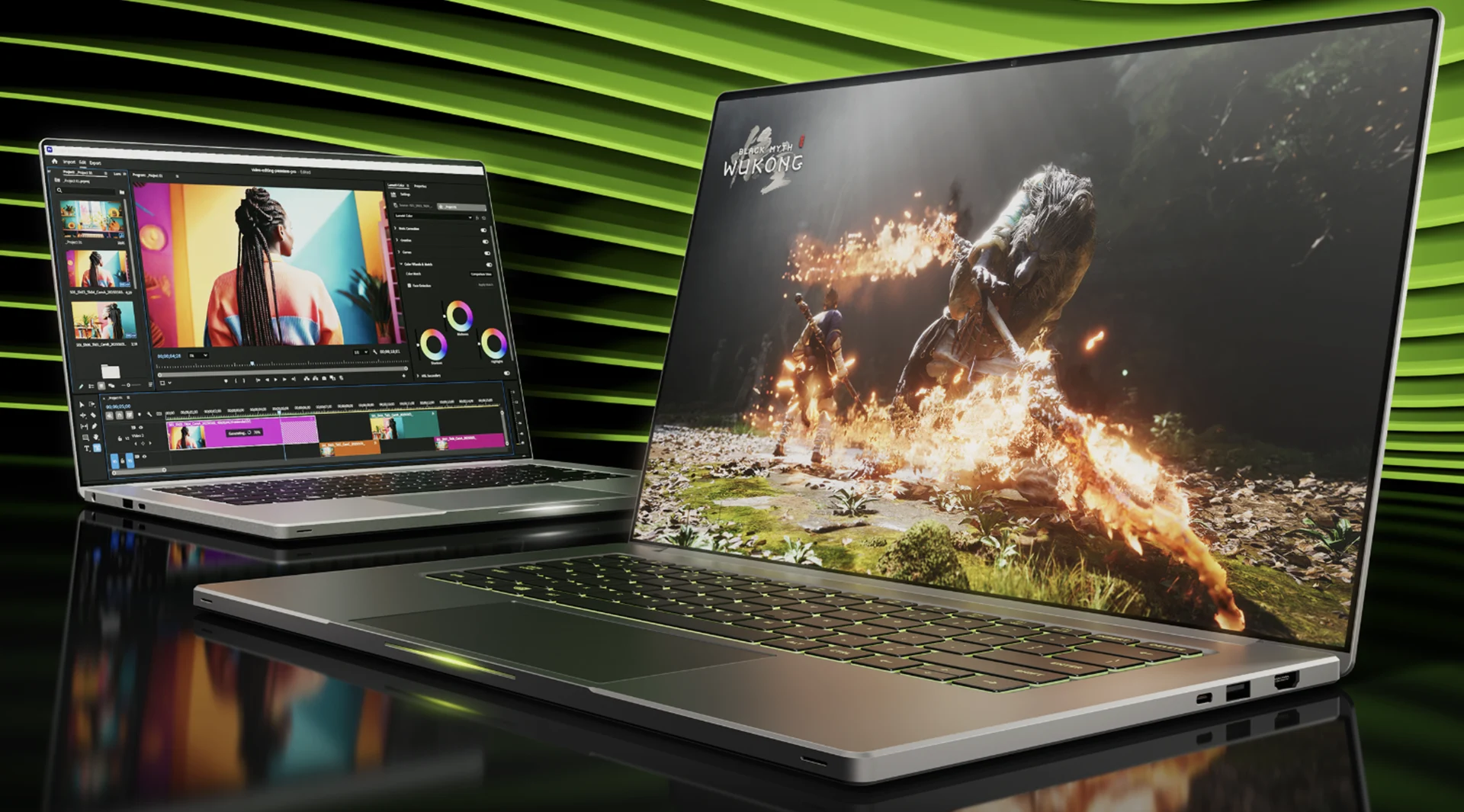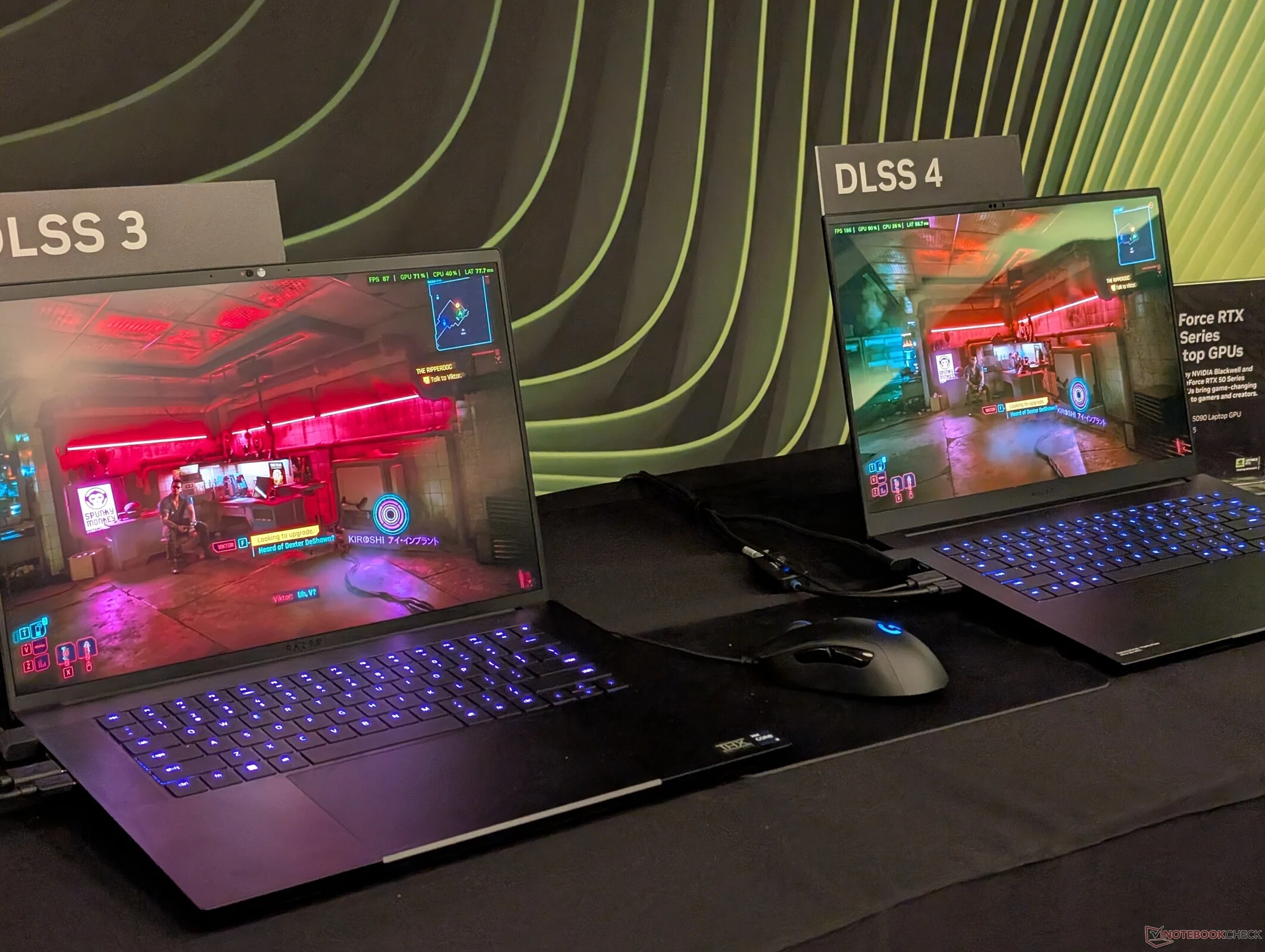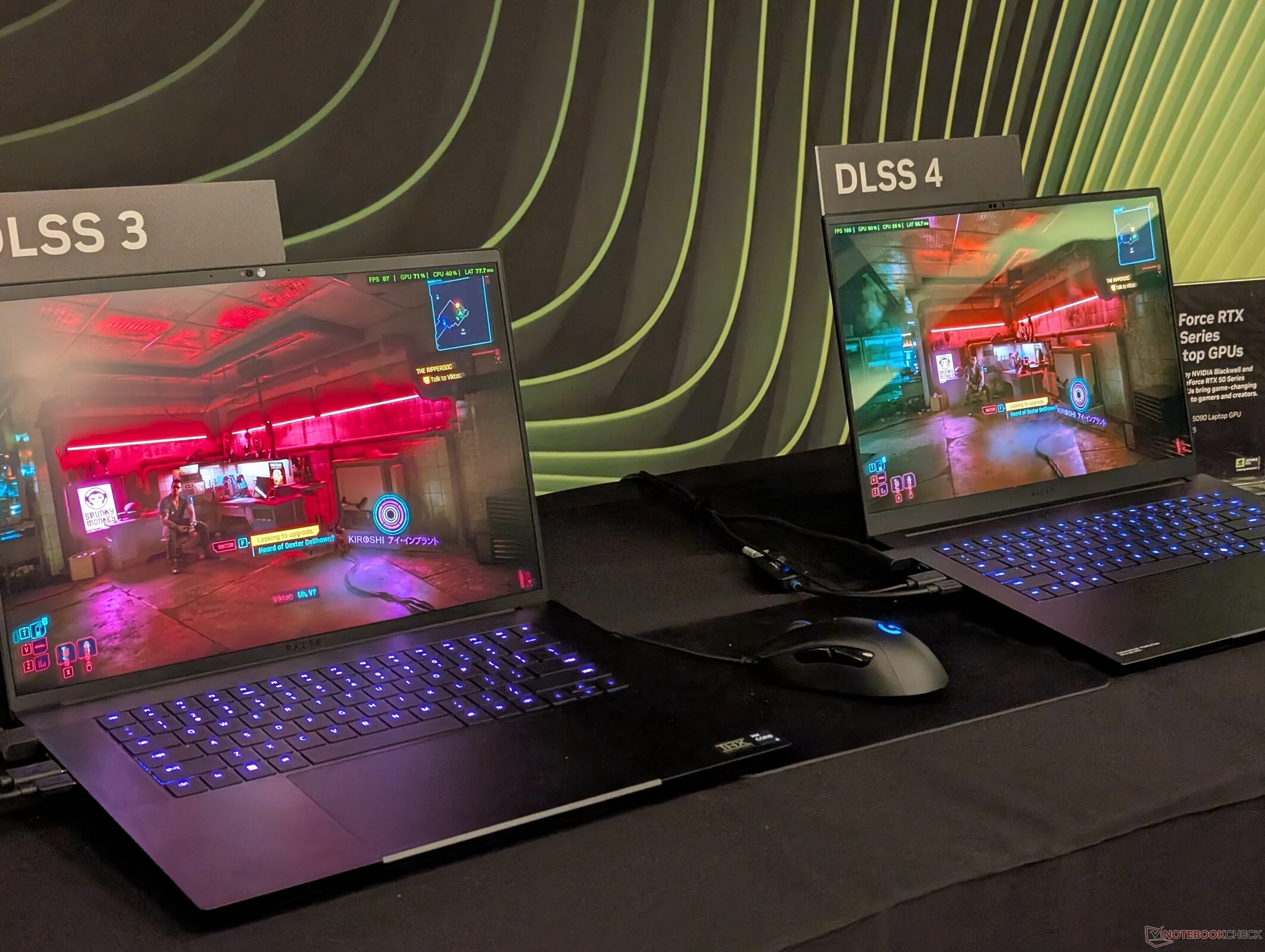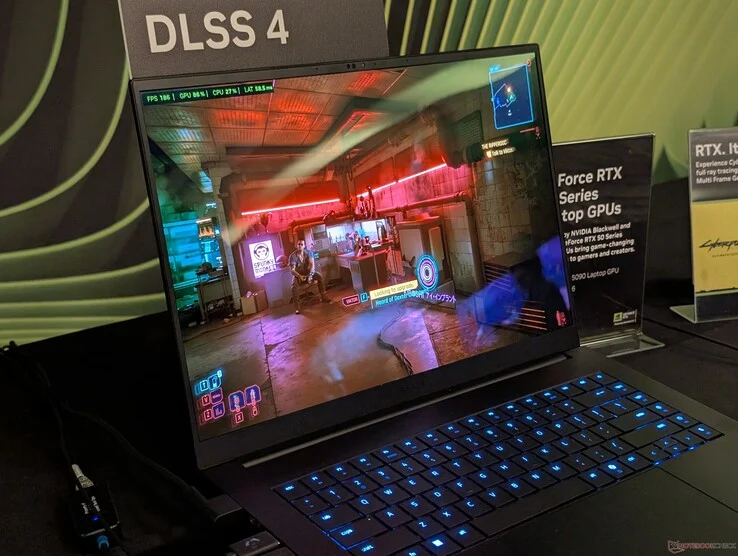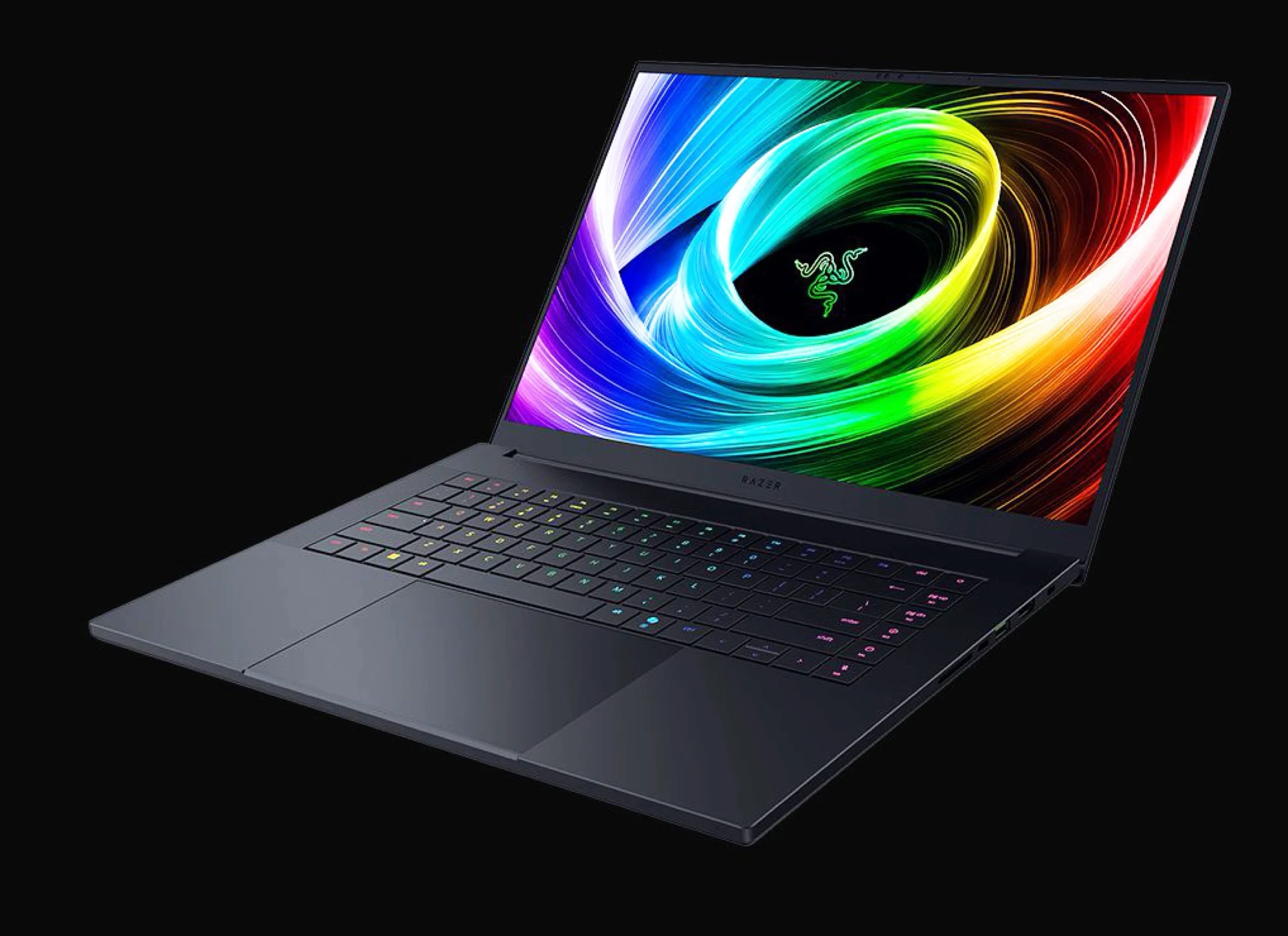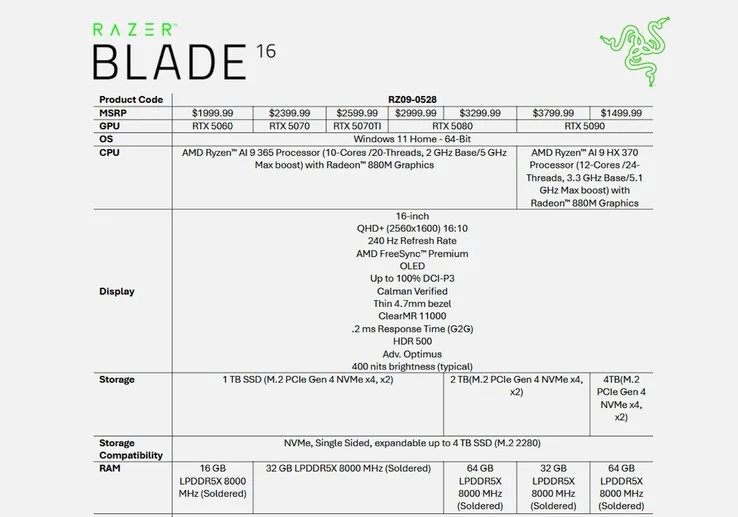Key Takeaways
1. The Alienware Area-51 is significantly larger and heavier than the Razer Blade 16, allowing it to run GeForce RTX 50 GPUs at higher power levels for better performance.
2. In certain gaming scenarios, the Area-51 with the RTX 5080 can outperform the Blade 16 with the RTX 5090, despite having a lower power output.
3. Benchmark results show that while synthetic tests favor the Razer Blade 16, actual gaming performance can favor the Alienware in specific titles.
4. The extra 8 GB of VRAM on the RTX 5090 does not significantly enhance performance in most gaming situations compared to the RTX 5080.
5. Running the Alienware in “Overdrive” mode can further increase its performance advantage over the Blade 16 by 5 to 10 percent in gaming.
The Alienware Area-51 is significantly heavier and larger than the Razer Blade 16, weighing nearly 60 percent more and being twice its size. This size advantage enables the Dell laptop to utilize GeForce RTX 50 GPUs at higher power levels, providing improved performance compared to the Razer. In certain situations, the Area-51, with the RTX 5080, can outperform the Blade 16, which has the RTX 5090, during gaming sessions, even when the Alienware’s GPU operates at a lower power of just 150 W TGP instead of the maximum 175 W.
Benchmark Comparisons
For instance, our benchmarks below show the Area-51 with the RTX 5080 in Balanced mode versus the Blade 16 with the RTX 5090 in Performance mode. While synthetic benchmarks, like 3DMark, suggest that the Razer outperforms, the reality is more complicated when we look at real gaming. Games such as Monster Hunter Wilds and Assassin’s Creed Shadows often favor the Alienware, while titles like Cyberpunk 2077 and Indiana Jones are closely matched, with only small percentage differences. Thus, the extra 8 GB of VRAM on the mobile RTX 5090 doesn’t significantly impact most gaming situations.
Overdrive Mode Benefits
If you run the Alienware in “Overdrive” mode instead of Balanced, the performance gap against the Blade 16 could increase by an additional 5 to 10 percent during gaming.
This trend isn’t something new; similar patterns were noticed in the previous generation of gaming laptops that used older GeForce RTX 40 graphics. The size of the laptop remains a crucial factor, just as much as the GPU models, for users aiming to extract maximum performance from their devices.

